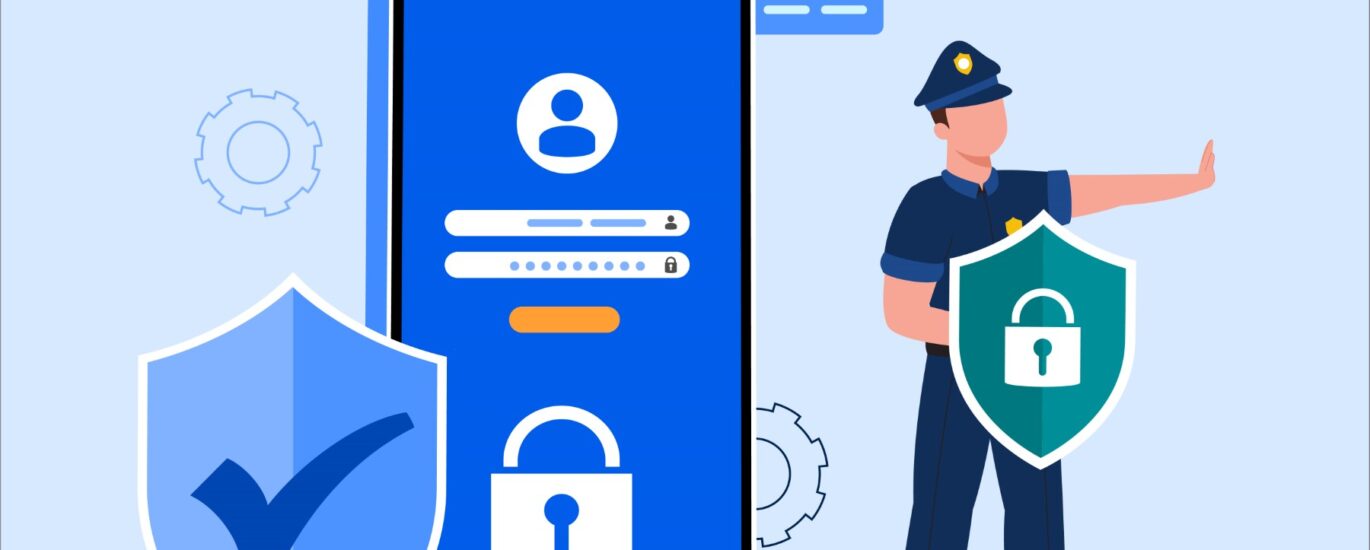With the increasing reliance on mobile devices for both personal and professional activities, these devices have become treasure troves of sensitive data. From financial details to personal photos and corporate information, securing this data is more critical than ever. In this blog, we’ll discuss strategies and best practices for safeguarding sensitive data stored on mobile devices.
1. Encrypt Data
Encryption is the cornerstone of data security. By converting sensitive information into unreadable formats, encryption ensures that even if data is accessed, it remains unusable to unauthorized individuals.
Steps to Implement Encryption:
- Enable full-disk encryption on your device (most modern devices have encryption enabled by default).
- Use strong encryption protocols such as AES-256.
- Encrypt sensitive files before transferring them to external storage.
2. Use Secure Authentication
Strong authentication mechanisms act as the first line of defense against unauthorized access.
Best Practices for Secure Authentication:
- Use biometric authentication (e.g., fingerprint or facial recognition).
- Enable two-factor authentication (2FA) for critical apps.
- Avoid using easy-to-guess PINs or passwords; opt for complex combinations instead.
3. Implement Data Minimization
Storing only the necessary amount of data reduces the risk of exposure.
Tips for Data Minimization:
- Regularly review and delete unnecessary files or data.
- Avoid saving sensitive information, such as passwords, in plaintext on your device.
- Use apps that support ephemeral data storage, which automatically deletes data after a set period.
4. Secure Backups
While backups are essential for data recovery, they can also become a vulnerability if not properly secured.
How to Secure Backups:
- Encrypt backups before storing them in the cloud or on external drives.
- Use secure and trusted cloud services with robust security measures.
- Regularly update and test your backup procedures to ensure reliability.
5. Use a Mobile Device Management (MDM) Solution
For corporate devices, Mobile Device Management (MDM) tools provide centralized control and security.
MDM Features for Data Security:
- Enforce encryption policies.
- Enable remote data wiping in case of device loss or theft.
- Monitor and restrict app installations to ensure compliance with security policies.
6. Employ Secure Containers
Secure containers isolate sensitive data from the rest of the device’s storage, adding an extra layer of security.
Benefits of Secure Containers:
- Separate work and personal data on the same device.
- Enforce additional security measures like encryption and access control within the container.
- Prevent unauthorized apps from accessing containerized data.
7. Avoid Storing Data in Insecure Locations
Certain storage locations, like SD cards or temporary storage, are more vulnerable to unauthorized access.
Recommendations:
- Use the device’s internal storage for sensitive data, as it is often encrypted.
- Avoid storing sensitive data in app caches or temporary files.
- Monitor app permissions to prevent unauthorized access to storage.
8. Monitor and Manage App Permissions
Apps often request permissions that may not align with their functionality, posing a risk to sensitive data.
Best Practices for App Permissions:
- Regularly review and revoke unnecessary permissions.
- Use apps that are vetted and downloaded from official app stores.
- Be cautious of apps requesting access to sensitive features like contacts, location, or storage.
9. Enable Remote Wipe Capabilities
Remote wipe functionality allows you to erase sensitive data from your device in case it is lost or stolen.
How to Use Remote Wipe:
- Enable the Find My Device feature (available on both iOS and Android).
- Use MDM solutions for corporate devices to enforce remote wipe policies.
- Regularly test the functionality to ensure it works when needed.
10. Keep Your Device Updated
Outdated software is a common entry point for attackers to exploit vulnerabilities.
Update Recommendations:
- Regularly install OS and app updates.
- Enable automatic updates whenever possible.
- Use security-focused apps and tools to monitor for vulnerabilities.
Final Thoughts
Securing sensitive data on mobile devices requires a proactive approach that combines robust tools, user awareness, and best practices. Whether you’re protecting personal information or corporate assets, these strategies can help you mitigate risks and maintain control over your data.
As a freelance developer with expertise in mobile security, I can help you design and implement secure mobile applications and data management solutions. Let’s work together to ensure your mobile data remains safe and protected.





